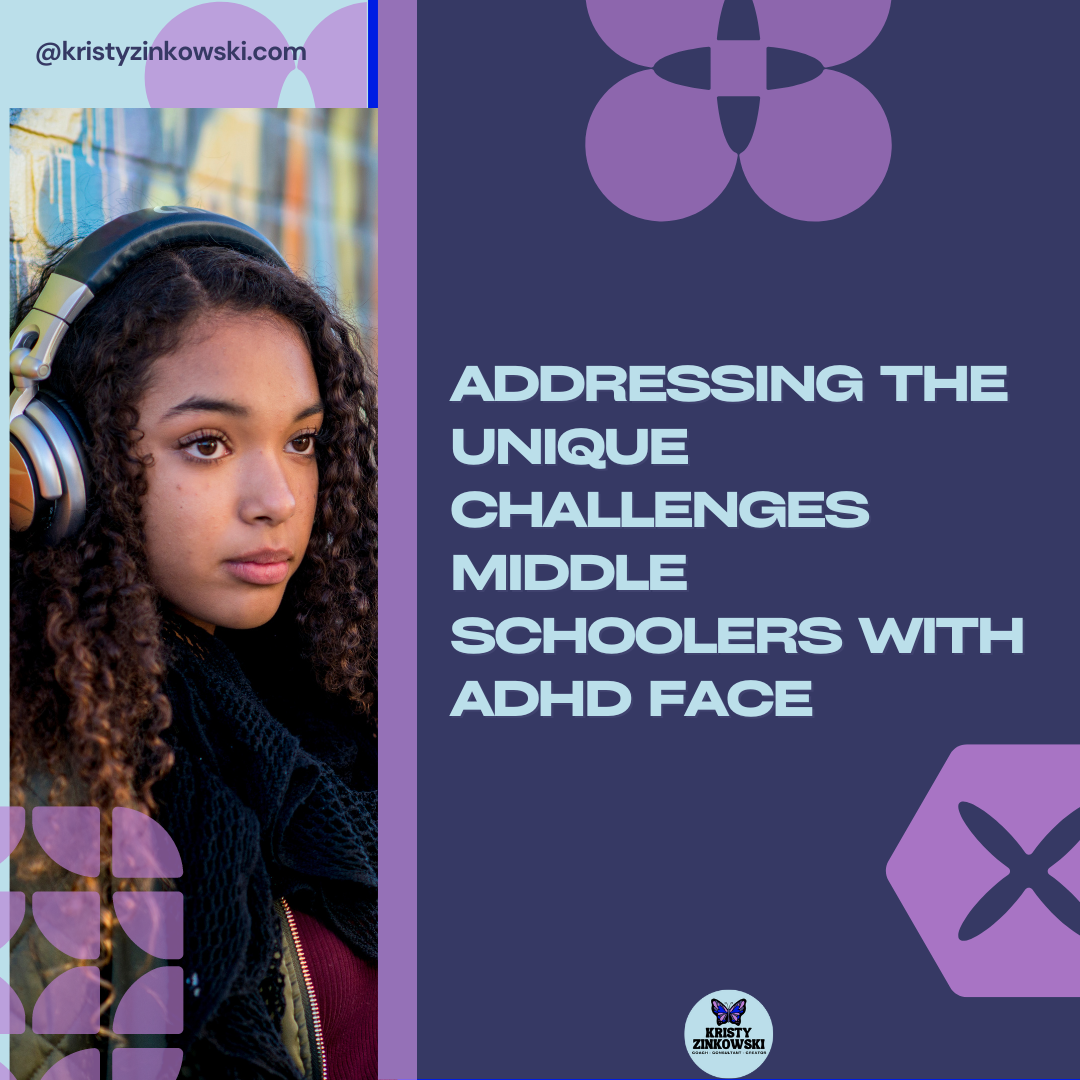
Middle school represents a significant transition for all students, marked by new academic demands, evolving social relationships, and greater expectations for personal responsibility. For students with ADHD, these changes introduce specific challenges that require thoughtful navigation. Here’s an exploration of the unique hurdles that middle school students with ADHD often encounter:
1. Complex Social Dynamics
Social interactions become more complex and critical in middle school. Students with ADHD may struggle with social cues and impulse control, potentially leading to misunderstandings or conflicts with peers. These challenges can make the social landscape of middle school particularly difficult to navigate.
2. Adjusting to Multiple Educators
Unlike elementary school, middle school students typically encounter multiple teachers each day, each with their own set of expectations and teaching styles. For those with ADHD, adapting to this variety can be overwhelming, especially when trying to manage different sets of rules and homework policies.
3. Organizational Challenges
Organization is a common hurdle for students with ADHD, and the middle school environment, with its lockers, numerous classrooms, and varied schedule, can exacerbate these difficulties. Keeping track of assignments, materials, and deadlines often requires strategies that go beyond traditional methods.
4. Extended Focus Requirements
The academic demands of middle school include longer class periods and more complex assignments, which challenge the attention spans of students with ADHD. Sustaining focus for extended periods or through detailed projects can be particularly taxing.
5. Homework Management
Homework volume typically increases in middle school, and for students with ADHD, managing and completing homework can be a significant challenge. Issues with time management and procrastination can make evening study sessions stressful and ineffective.
6. Self-Esteem Concerns
Facing these myriad challenges daily can impact a student’s self-esteem. Students with ADHD may feel isolated or less capable than their peers, potentially leading to decreased self-confidence and disengagement from school activities.
7. Regulating Energy Levels
Middle school students with ADHD often exhibit high energy levels that may not align well with the structured settings of their classrooms. Learning to channel this energy appropriately within the school environment is crucial for their academic success and social integration.
Understanding and addressing these challenges is essential for supporting middle school students with ADHD. With proactive strategies and supportive interventions, educators and parents can help these students navigate middle school successfully, leveraging their unique strengths and fostering a positive educational experience.

